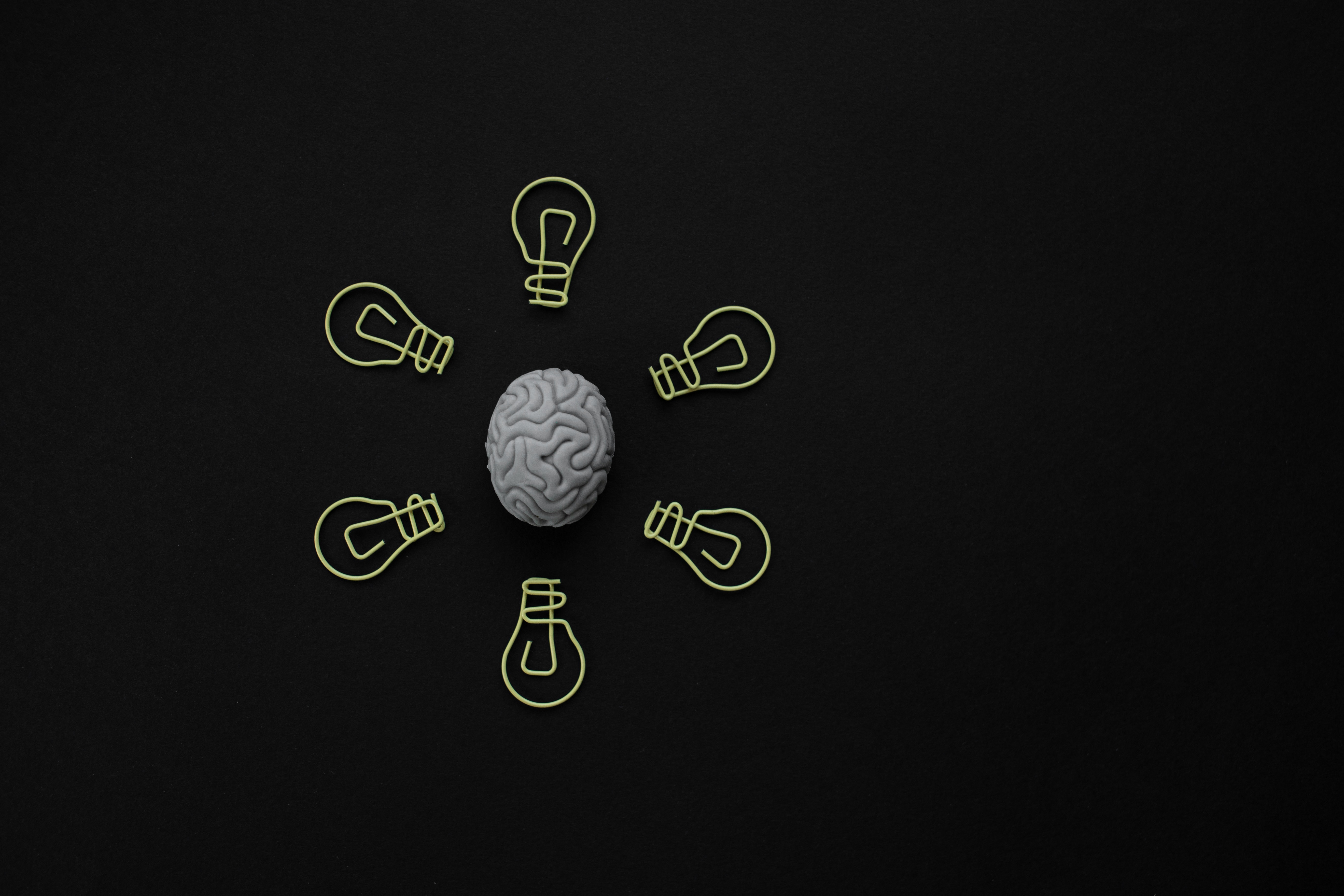Exercising the Brain After a Stroke
 Strokes, on average, affect close to eight hundred thousand Americans a year. Nearly ninety percent of diagnosed strokes are ischemic strokes, in which blood to the brain is blocked by either a clot or other obstacles. Once symptoms appear, it is crucial for the patient to receive emergency care in order to ensure proper rehabilitation and a return to independent living.
Strokes, on average, affect close to eight hundred thousand Americans a year. Nearly ninety percent of diagnosed strokes are ischemic strokes, in which blood to the brain is blocked by either a clot or other obstacles. Once symptoms appear, it is crucial for the patient to receive emergency care in order to ensure proper rehabilitation and a return to independent living.
The post-stroke recovery process may include physical, speech and occupational therapy. Therapists employ different exercises and treatments to assist patients in relearning basic functions like walking and speech. As rehabilitation begins, focus on exercising the brain can help the process.
Exercise Your Mind
With the weather cooling down this winter, it’s a good time to stay indoors and indulge in activities that stretch the brain. Crossword puzzles, in particular, aid in strengthening cognitive thinking and memory. Similar activities beneficial in a patient’s rehabilitation include:
- Jigsaw puzzles – These allow patients to sharpen problem solving skills and help with handling small objects
- Board games – Patients can work on critical thinking, memory and other coordination functions through board games
- Brain teaser workbooks – Assorted puzzles like connecting dots, mazes, and word games can improve a patient’s writing and reading skills
Coordinate Your Body
Tackling the daily Wordle or New York Times crossword help immensely, but they aren’t the only brain exercises beneficial to stroke recovery. Activities involving hand-eye coordination work toward a body’s ability for all parts to function properly together. Suggested hobbies for stroke patients may include:
- Yarn-based crafts – Needlepoint, crochet, and knitting require some attention to detail and are known to improve motor skills
- Music therapy – Listening to music can reduce stress, dance can help patients with balance issues, and practicing an instrument can stretch the brain muscles and improve dexterity in the fingers
- Exercise – Walking, yoga, basic stretches and strength training are all beneficial for fall prevention and overall health
Bon Secours In Motion offers a variety of PT and OT programs designed to aid patients recovering from illness or injury. Depending on the severity of your condition, our experts can assess your needs to determine the best rehabilitation plan for your quality of life. Contact us today to learn more.
Sources: Stroke Facts, CDC, Prevention Magazine

